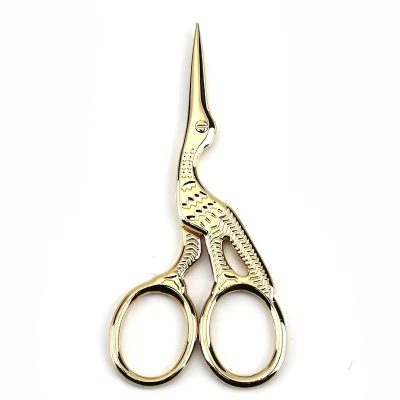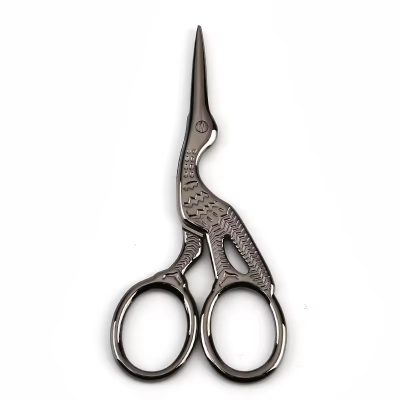Introduction
Household scissors have come a long way since their inception, evolving from simple cutting tools to versatile instruments used in various tasks. In this blog post, we’ll take a journey through the history and development of household scissors, highlighting key innovations and advancements.
Early Beginnings
The earliest scissors date back to ancient Egypt around 1500 BC, where they were made of bronze and operated by a spring mechanism. These early scissors were primarily used for cutting cloth and other materials. Over time, scissors evolved to incorporate pivoted blades, allowing for more precise and efficient cutting.
Industrial Revolution
The Industrial Revolution brought significant advancements in scissor manufacturing. The introduction of steel allowed for stronger and sharper blades. Mass production techniques made scissors more affordable and accessible to the general public. During this period, specialized scissors for different tasks, such as sewing and gardening, began to emerge.
Modern Innovations
Today, household scissors feature numerous innovations designed to enhance their performance and usability. Stainless steel and titanium-coated blades offer superior durability and corrosion resistance. Ergonomic handles with soft grips reduce hand fatigue and improve comfort. Some modern scissors also come with built-in features like bottle openers, screwdrivers, and wire cutters, adding to their versatility.
Sustainability in Scissor Design
In recent years, there has been a growing focus on sustainability in scissor design. Manufacturers are using recycled materials for handles and packaging, as well as developing eco-friendly production processes. These efforts aim to reduce the environmental impact of scissor production while maintaining high quality and performance.
Conclusion
The evolution of household scissors reflects advancements in technology and materials, as well as changing consumer needs. From ancient bronze tools to modern multi-functional scissors, these indispensable household items have continually improved in design and functionality. As sustainability becomes a priority, the future of household scissors looks set to combine innovation with environmental responsibility.








